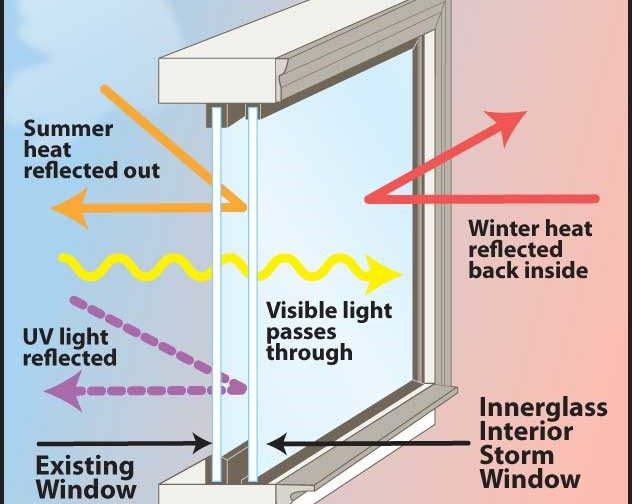All Categories
Featured
Table of Contents
Does Double Glazing Have A Vacuum? in Swanbourne WA
Glazing merely means the windows in your house, including both openable and set windows, along with doors with glass and skylights. Glazing actually simply indicates the glass part, but it is usually utilized to describe all aspects of an assembly consisting of glass, films, frames and home furnishings. Taking notice of all of these elements will help you to accomplish effective passive style.
Energy-efficient glazing makes your home more comfy and considerably lowers your energy costs. Improper or improperly developed glazing can be a significant source of unwanted heat gain in summer season and significant heat loss and condensation in winter season. As much as 87% of a house's heating energy can be gotten and as much as 40% lost through windows.
Double Glazed Windows Melbourne in Wexcombe Perth
Glazing is a substantial investment in the quality of your home. An initial investment in energy-efficient windows, skylights and doors can significantly reduce your annual heating and cooling expense.

This tool compares window choices to a base level aluminium window with 3mm clear glass. Understanding some of the crucial homes of glass will help you to select the finest glazing for your house. Key properties of glass Source: Adjusted from the Australian Window Association The quantity of light that passes through the glazing is referred to as noticeable light transmittance (VLT) or visible transmittance (VT).
Double Glazing Versus Secondary Glazing in Wembley Perth
The U worth for windows (expressed as Uw), describes the conduction of the whole window (glass and frame together). The lower the U worth, the greater a window's resistance to heat flow and the better its insulating worth.
For instance, if your home has 70m2 of glazing with aluminium frames and clear glass with a U worth of 6. 2W/m2 C, on a winter season's night when it is 15C cooler outside compared with inside, the heat loss through the windows would be: 6. 2 15 70 = 6510W That is equivalent to the total heat output of a large space gas heating system or a 6.
Which Double Glazing Company Is The Best? in Balga Western Australia

If you select a window with half the U value (3. 1W/m2 C) (for instance, double glazing with an argon-filled space and less-conductive frames), you can halve the heat loss: 3. 1 15 70 = 3255W The solar heat gain coefficient (SHGC) for windows (revealed as SHGCw) measures how readily heat from direct sunshine flows through an entire window (glass and frame together).
The lower a window's SHGC, the less solar heat it transmits to the house interior. The actual SHGC for windows is affected by the angle that solar radiation strikes the glass.
Double Glazed Windows: A Complete Guide in Embleton Western Australia
When the sun is perpendicular (at 90) to the glass, it has an angle of incidence of 0 and the window will experience the optimum possible solar heat gain. The SHGC stated by glazing makers is constantly determined as having a 0 angle of incidence. As the angle increases, more solar radiation is shown, and less is transmitted.
Latest Posts
Home Window Glazing - Sustainability Victoria in Carmel WA
Windows Of Opportunity: Your Guide To High-performance ... in Kallaroo WA
Double Glazing Windows in Rockingham WA